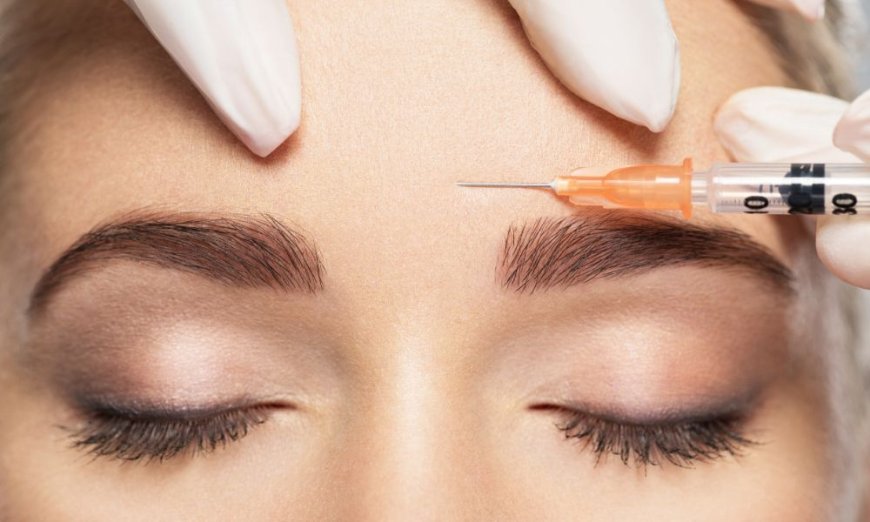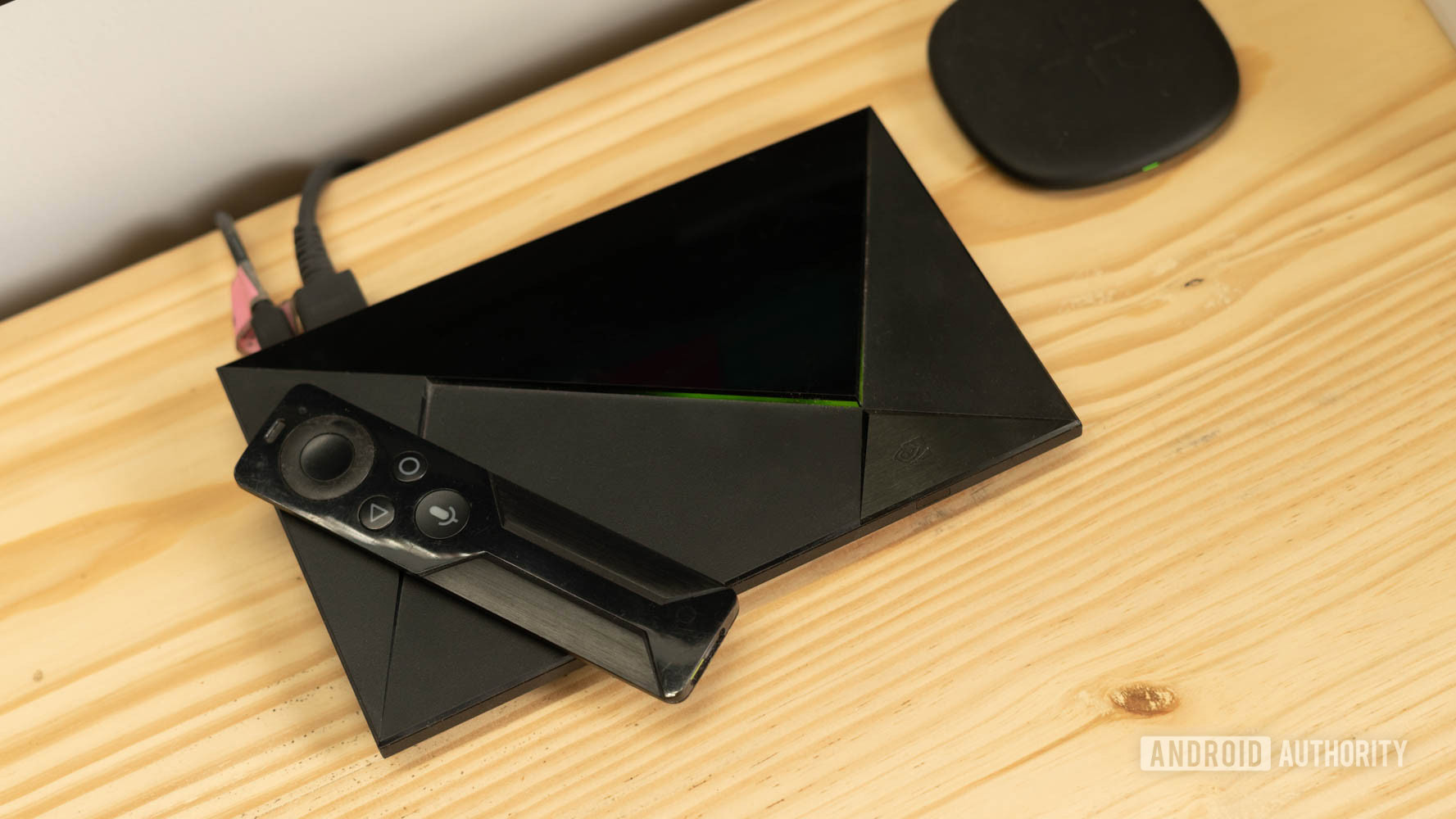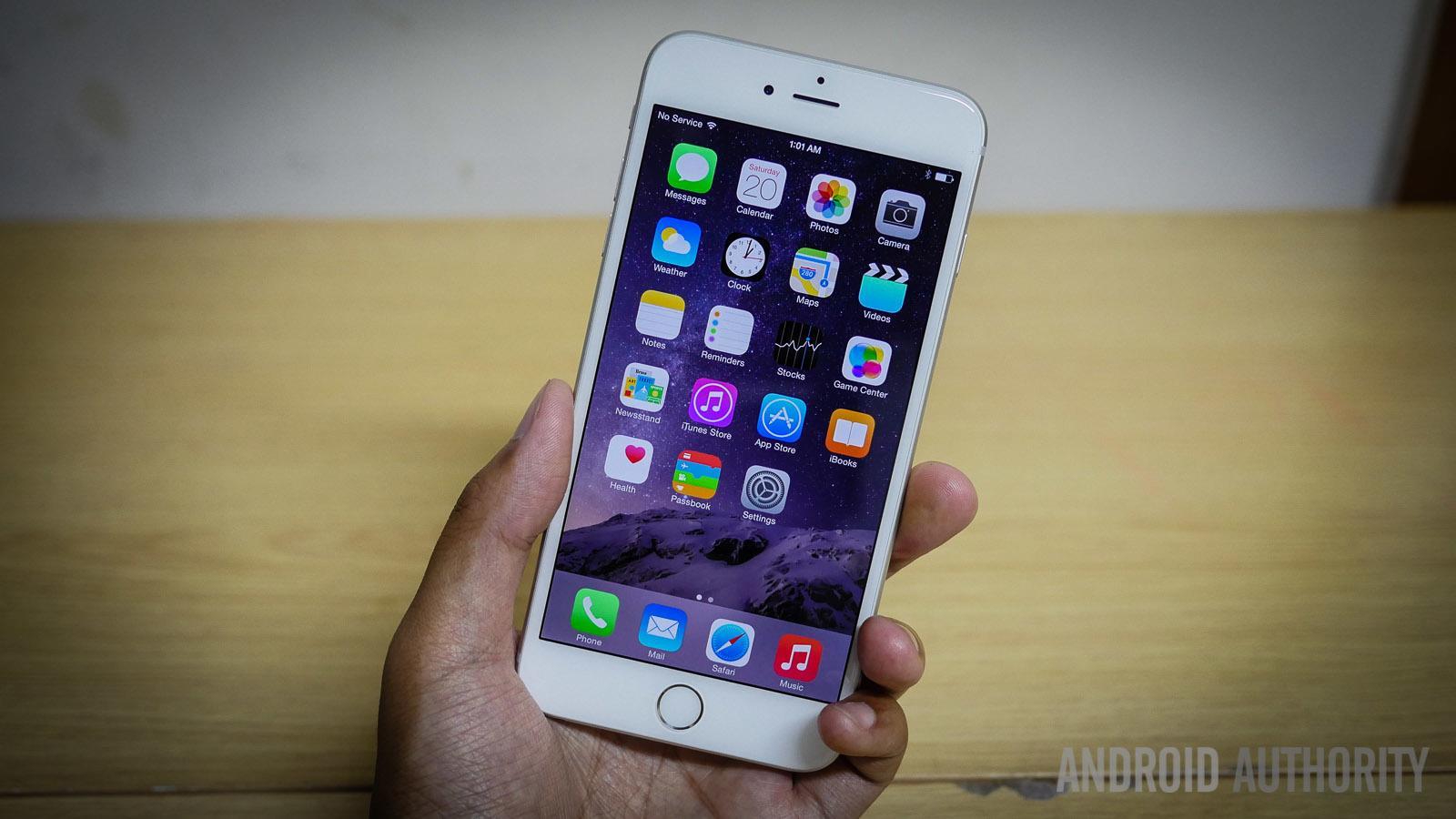The Comprehensive Guide to Botox: From Science to Aesthetic Benefits
Botox has become synonymous with anti-aging treatments and cosmetic enhancement, but its uses extend far beyond smoothing wrinkles.

Botox has become synonymous with anti-aging treatments and cosmetic enhancement, but its uses extend far beyond smoothing wrinkles. Today, it is recognized for a diverse array of applications in both beauty and medical fields, making it a staple in treatments beyond the aesthetic realm. We'll explore its evolution from a potential toxin to a powerful therapeutic tool.
By examining the multifaceted roles Botox plays today, this guide aims to elucidate the extensive aesthetic benefits and the crucial therapeutic roles that have cemented Botox's status as a transformative agent in the healthcare and beauty industries.
Understanding Botox: The Basics
Botox is the trade name for botulinum toxin, a neurotoxic protein derived from the bacterium Clostridium botulinum. In small, controlled doses, this toxin is used to temporarily reduce muscle activity, an effect that has numerous medical and cosmetic applications. Botox in Dubai works by blocking the release of acetylcholine, a neurotransmitter that signals muscle contraction, thus causing temporary muscle paralysis.
The Science Behind Botox
The journey of Botox from toxin to treatment began with its discovery in the 1940s, but it wasn't until the late 1980s that Botox was FDA-approved for therapeutic use. Initially used to treat strabismus (crossed eyes) and blepharospasm (uncontrolled blinking), the scope of Botox applications has expanded significantly over the years.
In the realm of cosmetic enhancements, Botox was approved in 2002 for treating glabellar lines, commonly known as frown lines, between the eyebrows. Since then, its use has been approved for various other aesthetic concerns, including forehead lines, crow’s feet, and smile lines around the eyes.
Aesthetic Benefits of Botox
Anti-Aging Effects
The most well-known use of Botox is its ability to reduce the appearance of facial wrinkles. By relaxing the underlying muscles, Botox smooths lines that are formed by repetitive facial expressions, such as frowning or squinting. This leads to a more rested and youthful appearance.
Preventative Anti-Aging
Increasingly, Botox is used preventatively by younger adults who want to delay the onset of wrinkles. Starting Botox treatments early can reduce the development of deep lines and wrinkles, preserving the skin’s youthful appearance for longer.
Treatment of Hyperhidrosis
Beyond its cosmetic applications, Botox is also an effective treatment for hyperhidrosis, a condition characterized by excessive sweating. Botox injections in the underarms, hands, feet, or face can significantly reduce sweating by blocking the nerves that activate sweat glands.
Migraine Relief
For those suffering from chronic migraines, Botox offers a much-needed relief. By injecting Botox around the pain fibers involved in headaches, it can prevent migraine headaches before they start. The FDA approved Botox for this use in 2010 after studies showed that it could decrease the frequency of headaches.
Muscle Stiffness and Spasms
In the medical field, Botox is used to treat conditions involving overactive muscles, including muscle stiffness in the elbow, wrist, and finger muscles in adults with upper limb spasticity.
How Botox is Administered
Finding a reputable "Botox clinic near me" can ensure you receive a quick and minimally invasive procedure, typically performed in a doctor's office. Botox is administered with a fine needle into specific muscles, causing only minor discomfort. The entire process generally takes just a few minutes, requires no anesthesia, and has minimal downtime. This makes it an exceedingly convenient option for individuals with busy lifestyles who seek professional and efficient cosmetic treatments.
What to Expect After Treatment
Results from Botox are not immediate and typically develop over a week. The effects of a single treatment can last between three to six months, after which the muscle action gradually returns and the lines and wrinkles begin to reappear. Regular treatments can lead to longer-lasting effects over time.
Risks and Considerations
While Botox is generally safe when administered by a qualified professional, it does carry some risks. Common side effects include temporary bruising, swelling, or redness at the injection site. More severe complications, though rare, can include problems with muscle control, vision issues, or trouble swallowing. It is crucial to choose an experienced and licensed provider for Botox injections to minimize risks.
Summing Up
Botox stands out as a versatile and effective treatment in both cosmetic and medical fields. Whether you are looking to rejuvenate your skin, prevent the signs of aging, or treat a medical condition, Botox offers a safe and reliable option. As with any medical treatment, it’s important to consult with a healthcare provider to discuss your specific needs and expectations. With the right approach, Botox can be a key component of your health and beauty regimen, providing benefits that extend beyond skin deep.
What's Your Reaction?
 Like
0
Like
0
 Dislike
0
Dislike
0
 Love
0
Love
0
 Funny
0
Funny
0
 Angry
0
Angry
0
 Sad
0
Sad
0
 Wow
0
Wow
0
















































